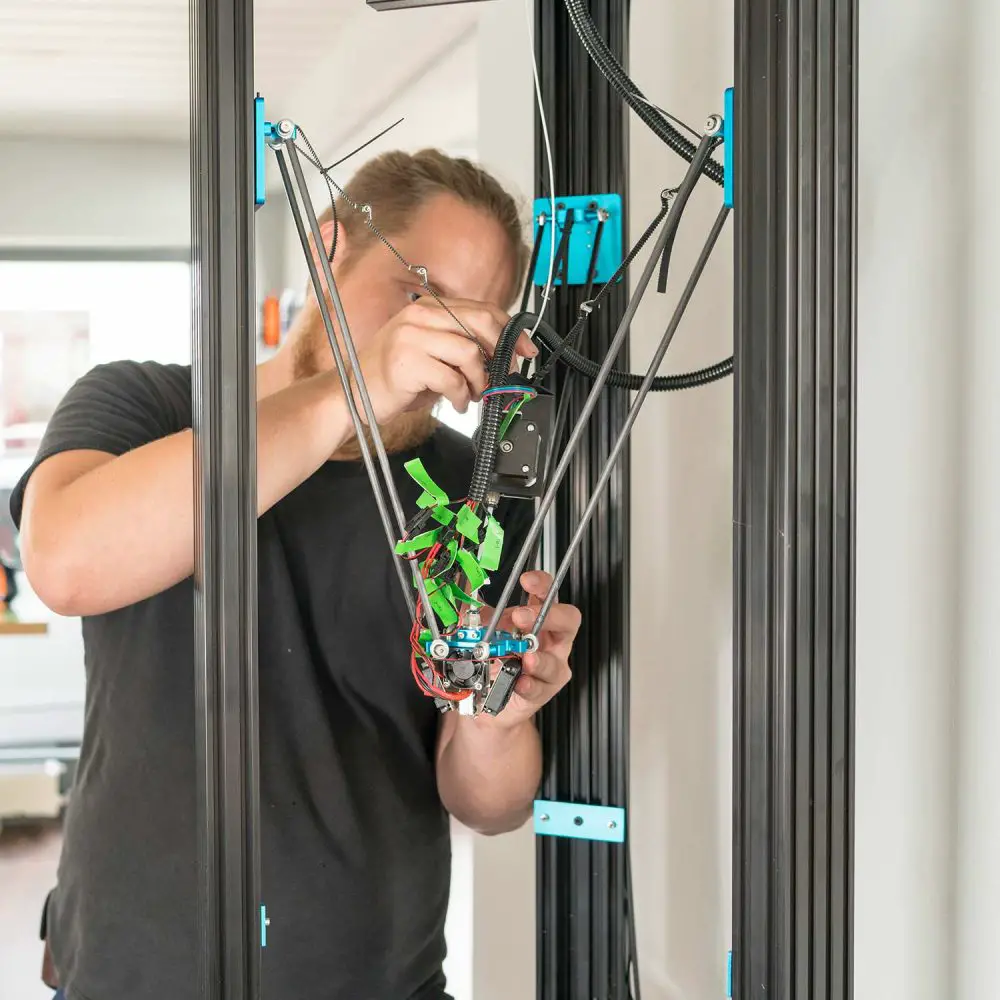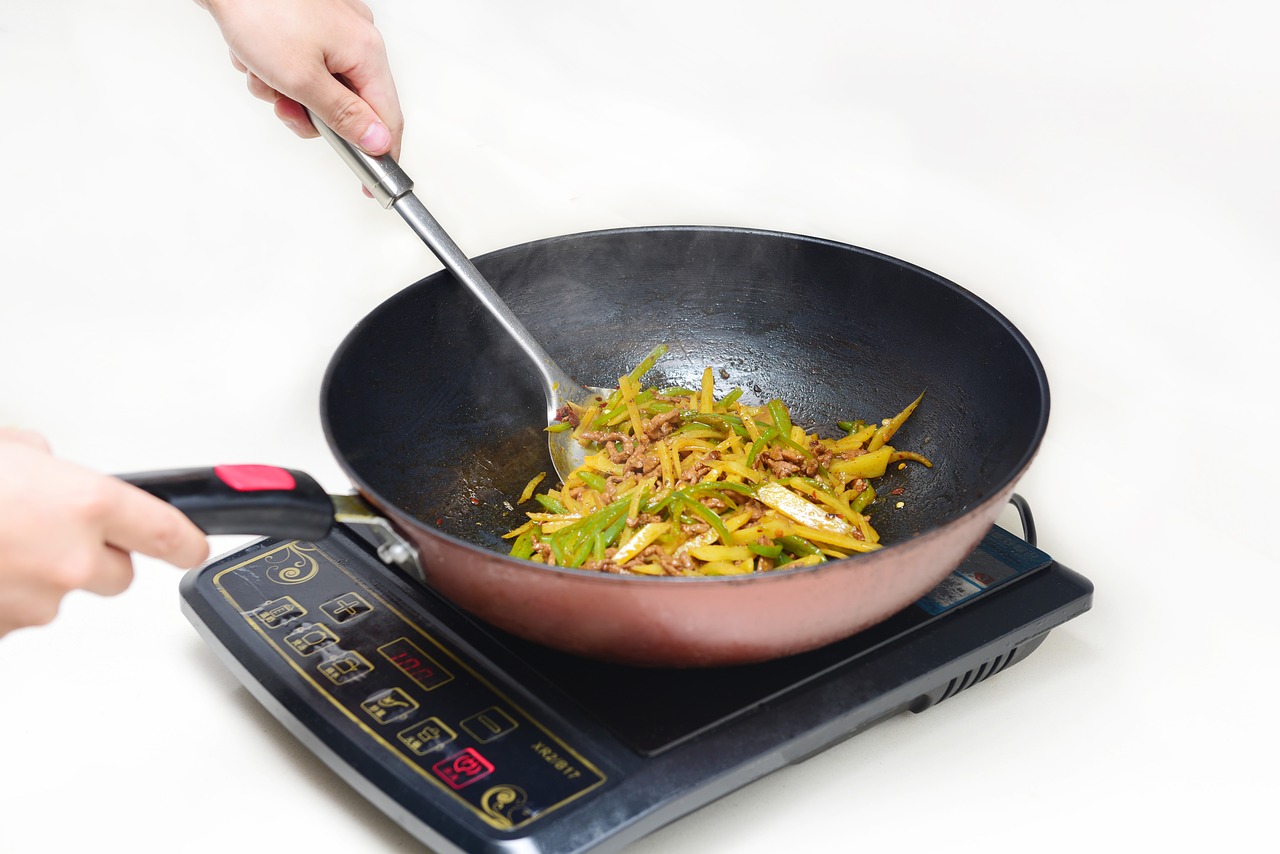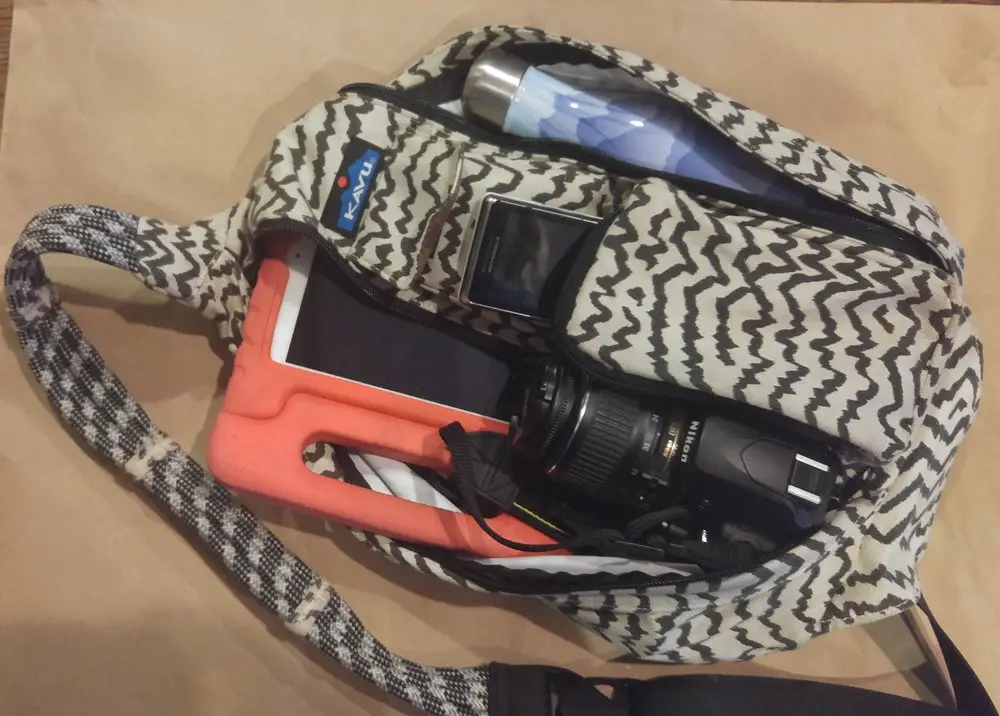A Complete Guide for Growing Indoor Succulents
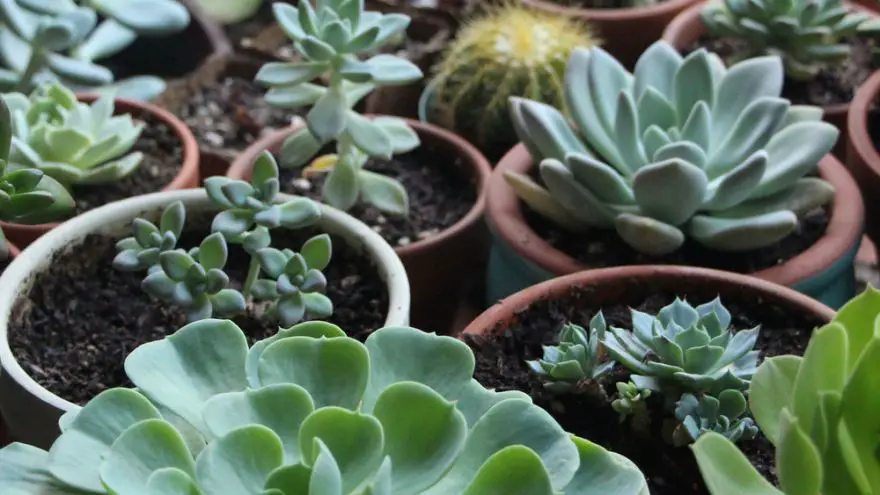 A Complete Guide for Growing Indoor Succulents
thegearhunt.com
A Complete Guide for Growing Indoor Succulents
thegearhunt.com
It can be rather tricky to grow succulents indoors. That doesn’t mean it isn’t possible. With the simple tips you will find here, you will have them growing beautifully in no time.
Even though succulents can be rather cute, they aren’t always the best at growing indoors. Don’t let that stop you from trying though. With a bit of knowledge, you will be able to grow your succulents successfully inside.
Start with the Right Ones
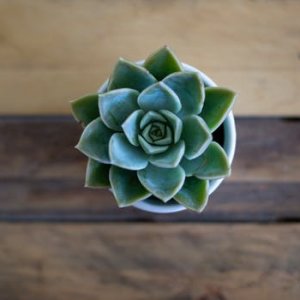 All succulents aren’t really suited for the indoors. If you choose those that don’t prefer to be in the full sun, but tend to grow better in low light or even shade, you will see a big difference in how they succeed.
All succulents aren’t really suited for the indoors. If you choose those that don’t prefer to be in the full sun, but tend to grow better in low light or even shade, you will see a big difference in how they succeed.
You should do a bit of research to determine which succulents grow best where you live, both inside and outside, and how the soil you plant them in plays a major role, as well as how to water them so that they will thrive.
Typically, succulents with brighter colors, like oranges, purples, and reds, will not perform well inside. They tend to like more light and even direct sun, and you don’t get that a lot indoors.
This means that when it comes to growing succulents inside, you should stick with the naturally green ones. A few examples of these would be the Gasteria and Haworthia.
Light It Up
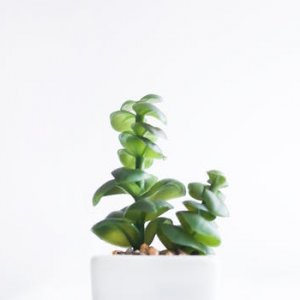 When people try to grow succulents inside, it can be difficult for the plants to get sufficient amounts of sunlight. Even when they are outside, they need at least 6 hours of indirect, bright sunlight every day.
When people try to grow succulents inside, it can be difficult for the plants to get sufficient amounts of sunlight. Even when they are outside, they need at least 6 hours of indirect, bright sunlight every day.
That being said, when it comes to growing them inside, you will need to put them near a window that will get light all day. If you don’t have that option, you should put them near the brightest area or window of your office or home.
You should keep these plants as near to a window as you can. However, you should also know that the plants can actually be sunburned if the light that is coming from the window they are near gets too hot. During the summer, this tends to occur with windows that face the south in the Northern Hemisphere, and in the north if you are in the Southern Hemisphere. This won’t always be an issue though.
If the succulents you are trying to grow don’t get enough of the sunlight they need, they might begin to stretch. This is where they will spread their leaves out and bend toward a source of light so that they will be able to get as much of it as they can.
Most of the colorful succulents, like the Echevarias, that people try to grow inside their homes will end up with leaves that are stretched out due to a lack of sunlight.
If you notice that your succulents are starting to stretch, just move them into an area that will get more of the light they need. That said, if they are already in the brightest area in your office or home, you might need to invest in a grow light.
You don’t really need to leave all of those stretched succulents appearing leggy and long if you don’t want to. All you need to do is to cut the top off before propagating it. The added bonus of doing this is that you will end up with even more succulents.
Water Less Frequently, but More
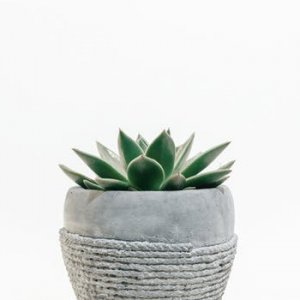 One of the biggest issues faced by those who are new to growing succulents inside is that of watering. This is a very common thing.
One of the biggest issues faced by those who are new to growing succulents inside is that of watering. This is a very common thing.
It is also a huge deal! Succulents actually need an amount of water to survive that can be surprising! That being said, you also don’t need to water them as often as you do your other house plants. They don’t rarely need water either though.
Succulents do best when you soak their roots, but they can dry out rather quickly. They should be watered again once the soil has been dried out for a couple of days. Spraying them lightly with water can be ok if you are just looking for them to survive. If you want them to really thrive, you will need to soak them, let them dry out, and soak them again.
Never water a succulent every day. This can kill them with a quickness.
You should also be aware of the fact that succulents go through a dormant state, and they won’t need you to water them as much during this stage. Typically, this will be during the cooler months. Since they don’t actively grow then, they won’t need as much water.
Also, you should be aware that the lower leaves of succulents can sometimes just wither and die. Don’t worry. This is natural. You only need to be worried if the top or newest leaves on them begin to shrivel up. The ones closer to the bottom are older and will die naturally.
Glass and Non-Draining Containers
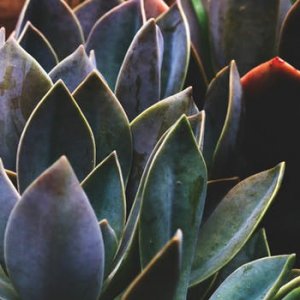 Containers made from glass don’t tend to be a great solution when it comes to potting succulents. See, terrariums and glass containers don’t tend to have places for the water to drain and this can leave the plants sitting in wet soil. They don’t like this and won’t do well in it.
Containers made from glass don’t tend to be a great solution when it comes to potting succulents. See, terrariums and glass containers don’t tend to have places for the water to drain and this can leave the plants sitting in wet soil. They don’t like this and won’t do well in it.
Another bad thing when it comes to glass containers has to due with the low breathability. Succulents will need a good flow of air for their roots, leaves, and stems to be healthy.
If you have potted a succulent in a glass container that you are absolutely over the moon about, you will need to do a bit of research as to how to make them thrive in containers that don’t have the capability of draining.
If you can, avoid glass containers unless you have a lot of experience with growing and watering succulents successfully. The best pots that you can use for indoor succulents are glazed ceramic ones and those made from terra cotta.
You can actually find quite a few styles of pots that have drainage holes all over the place – both online and in brick and mortar stores. These pots will provide your plants with the airflow they need while also allowing the soil to easily dry.
Bugs
If you happen to be following the guidelines for growing succulents inside in a healthy manner, which means allowing the soil to drain, proper airflow, light and watering, you typically won’t need to worry about bugs.
However, you might accidentally buy a plant that already has bugs. If this happens, it can quickly become a big problem.
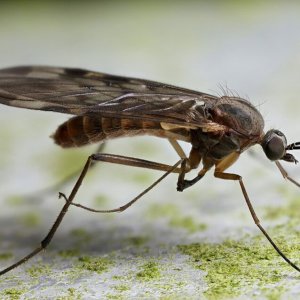 One of the common bugs that new growers can run into are gnats. Typically, you will only need to worry about these when the soil is too wet and stays that way. You can avoid getting gnats by using a soil that drains well and letting it dry out completely between watering.
One of the common bugs that new growers can run into are gnats. Typically, you will only need to worry about these when the soil is too wet and stays that way. You can avoid getting gnats by using a soil that drains well and letting it dry out completely between watering.
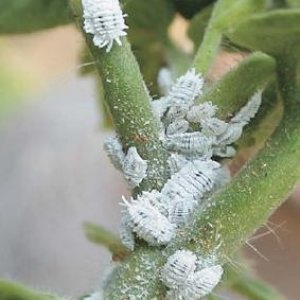 Other bugs that can be an issue are mealy bugs. These are little white bugs that can seem to hold on to the plants for dear life.
Other bugs that can be an issue are mealy bugs. These are little white bugs that can seem to hold on to the plants for dear life.
If you do happen to get these critters, you will need to spray them with a bit of rubbing alcohol as well as pour some of the alcohol over the soil itself. This will get rid of both the bugs and any eggs that might have laid.
A Few More Tips
Succulents come in a variety of greens and can have architectural forms that are quite striking. Because of this, they can make a great addition to your indoor plants. Even though some people think that they are hard to care for and can be fussy inside, they are actually houseplants that are easy to grow.
Succulents actually make really great choices for indoor plants. They are resilient and can grow successfully in nearly any home or office. They are also great for use as decoration pieces.
They might have gained a reputation for being hard to grow because a lot of people tend to drown them. In reality, this is the main reason for them to die when they are kept indoors. Sings of overwatering can include things like foliage that is squishy, a base that is mushy, and the presence of the gnats we spoke about earlier. These critters thrive in soil that is wet.
Succulents should really only be watered about once every 2 or 3 weeks when they are grown inside. They should also be watered by spraying mist onto the leaves with a spray bottle as opposed to using a watering can. Simply spray them until the water begins to drip from their leaves. It should take at least a couple of weeks after that for the soil to become dry again.
If you want to have the greatest chance of success when it comes to growing them in your office or home, keep these tips in mind too…
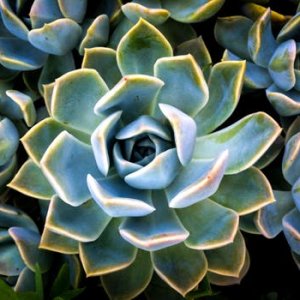 Check them before watering to ensure that they are ready for it. Before you mist them, make sure the plants actually do need a bit of water. You can do this by using a moisture meter of by simply sticking your finger in the soil. If you are using a moisture meter, it should be on the border of the dry/red area before you water it. If you use your finger, you should be able to tell whether or not the soil is dry.
Check them before watering to ensure that they are ready for it. Before you mist them, make sure the plants actually do need a bit of water. You can do this by using a moisture meter of by simply sticking your finger in the soil. If you are using a moisture meter, it should be on the border of the dry/red area before you water it. If you use your finger, you should be able to tell whether or not the soil is dry.
Adequate light. Succulents need a lot of bright light and when they don’t get it, they can falter. They thrive on indirect or filtered light. Try not to put them in or near windows that face west as this can give them leaves that are scorched. Windows facing the east are ideal. This type of plant will also do well with artificial light, especially during the colder months. Try to get full spectrum lighting as this will mimic the sun at noon and uses bulbs that just screw in.
Warm it up. Succulent plants don’t thrive when the temperatures are too cool. If you place them in an area that stays around 70-75° they will do very well.
Trim them. If you want your succulents to always look fantastic, prune off any shoots and stems that have grown leggy and long.
Pot them up. Even though most succulents can thrive when they are root bound, at one point or another, you will need to repot them. You should do this when the plant looks as if it is outgrowing the container it is in and when the water runs through the pot quickly.
Succulents should be planted in a cactus and palm soil mix that has been moistened slightly. This type of soil is lightweight and provides drainage that is excellent. This will prevent the soil from staying wet and causing there to be any root rot. Mist the succulent right when you pot it and then wait a full week before you mist it again.
Typically, it is best to plant succulents in containers that are equipped with drainage holes, but with indoor succulents, you just might be able to get away with regular containers due to the fact that you will be misting them as opposed to pouring water into the dirt.
Make indoor arrangements. If you want to create an indoor arrangement with your succulents, you might want to start with a container that will meet the needs of the plants as well as matches the interior of your home. You can even take your container with you when you go to your local home and garden center or nursery so that you will be able to get just the right plants for it.
Have Fun with It
The really great thing about growing this type of plant inside your office or home is that they will look great for several weeks regardless of whether your thumb is green or brown.
Hopefully though, you will now be better prepared to take care of all of your indoor succulents since you have read this. Be sure that you don’t get too stressed about this. Gardening succulents is meant to be therapeutic and fun!
Now that you have read all of this, you should know what type of soil to get, what bugs to watch out for, how and when to water them, and even what type of light they prefer. All that is left now is for you to get to it. So, what are you waiting for?
Sources
- YouTube, Indoor Succulents: Tips and Tricks
- Gardenista, Flora Grubb Gardens: 9 Secrets to Growing Succulent Plants Indoors
- Gilmour, A Guide to Growing and Caring for Succulents
- DIY Network, Growing Succulents Indoors








